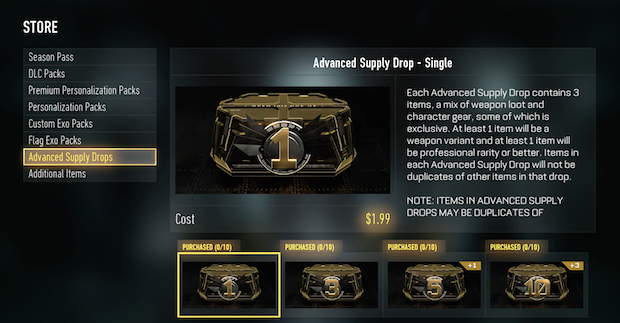This is the third in a series of articles on a hot topic for game animators and designers at the recent GDC: How to make money from free-to-play games with perception pricing, the psychology and art of disguising the true costs of in-game purchases.
F2Ps are now so popular that Activision Blizzard, which has been charging $60 for its flagship Call of Duty game in the United States, is giving it away free in China in 2015, totally funded by in-game revenues.
Here are some more F2P marketing tricks, all of which need clever graphics:
- Create artificial scarcity by number. This is similar to creating an artificial time limit on “discounted” items, but instead involves a limited number. This tactic is best used with a digital counter, which can show “Remaining Number Available is ONLY 98 … 96 … 91 … ” to heighten the sense of urgency of the gamer-customer. It is advisable to offer a lesser bargain as a consolation prize for players who missed out on the offer, to avoid too much disappointment.
- Odd pricing. No in-game purchase should ever be priced at $2 or $5 or $10, but at $1.99, $4.99, or $9.99. Strange as it seems, consumers ignore the least significant digits in a price, so that $4.99 sounds more like $4 than it does to $5, its true value. American gasoline stations take this to extremes, so that a gallon of gas is priced not at $4.00, but at $3.999.
- Group pricing. This is also called “framing effect” pricing. Buyers are less sensitive to the cost of an item if it’s part of a bundle. A design challenge for animators is to conceive groups of products that go well together, and make them connect in the gamer’s mind.
- Decoy pricing. This is a method where at least three products are offered, and the two most expensive have a similar price, but one is less attractive. An example: A) knife (a small power-up) for $4.99, B) sword for $9.99, and C) sword plus ring for $12.99. Option B’s price seems more attractive when compared to option C, which has a useless add-on (the ring). The highest priced option is the decoy.
- The four Cs. The four basic values that motivate purchases are: content, including levels and expansion packs; convenience, getting something or somewhere faster and easier; customization, personalizing a player’s avatar; and competition, taking advantage of the will to win.
- Use analytics. The 20-80 rule is marketing gospel: 20 percent of your customers provide at least 80 percent of your income. Testing firm Swrve found even more radical results: 1 percent of gamers provide 50 percent of income. Using analytic software will help identify the wants and behaviors of a game’s spending “whales.”
- Additional revenues. Motivational ads are used in games with points, game currency or other rewards for watching ads and responding to “free” third-party offers.
See how many of these tricks you can spot in your next game!





 Win a Funko X Lilo & Stitch Prize Pack!
Win a Funko X Lilo & Stitch Prize Pack!

